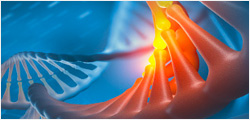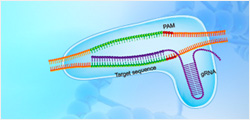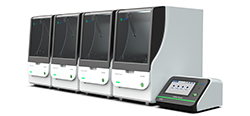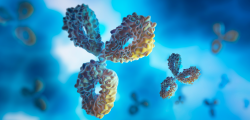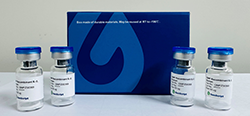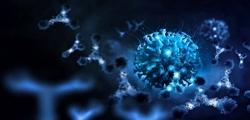| Species |
Human |
| Protein Construction |
TIM-3 (Ser22-Arg200)
Accession # Q8TDQ0 |
hFc |
| N-term |
C-term |
|
| Purity |
> 95% as analyzed by SDS-PAGE |
| Endotoxin Level |
< 0.2 EU/μg of protein by gel clotting method |
| Biological Activity |
Assay #1: Immobilized TIM-3, hFc, Human at 0.5 μg/ml, the concentration of Anti-TIM3 mouse antibody (Genscript) that produces 50% optimal binding response is found to be approximately 5.0 ng/ml.
Assay #2: Immobilized Galectin-9, His, Human at 0.5 μg/ml (100 µl/well) can bind TIM-3, hFc, Human with a linear range of 0.78-6.25 μg/ml.
|
| Expression System |
HEK 293 |
| Apparent Molecular Weight |
60~65 kDa, on SDS-PAGE under reducing conditions. |
| Formulation |
Lyophilized from a 0.2 μm filtered solution in PBS. |
| Reconstitution |
It is recommended that this vial be briefly centrifuged prior to opening to bring the contents to the bottom. Reconstitute the lyophilized powder in ddH₂O or PBS up to 100 μg/ml. |
| Storage & Stability |
Upon receiving, this product remains stable for up to 6 months at lower than -70°C. Upon reconstitution, the product should be stable for up to 1 week at 4°C or up to 3 months at -20°C. For long term storage it is recommended that a carrier protein (example 0.1% BSA) be added. Avoid repeated freeze-thaw cycles. |


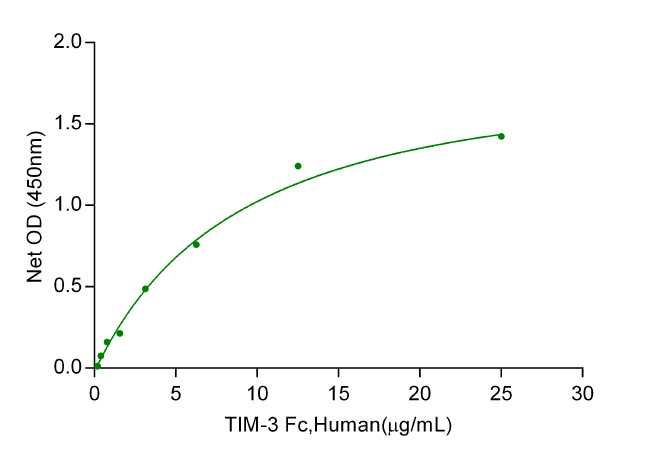
Immobilized Galectin-9 His,Human at 0.5μg/mL (100 μL/well) can bind TIM-3 Fc,Human with a linear range of 0.78-6.25 μg/mL.
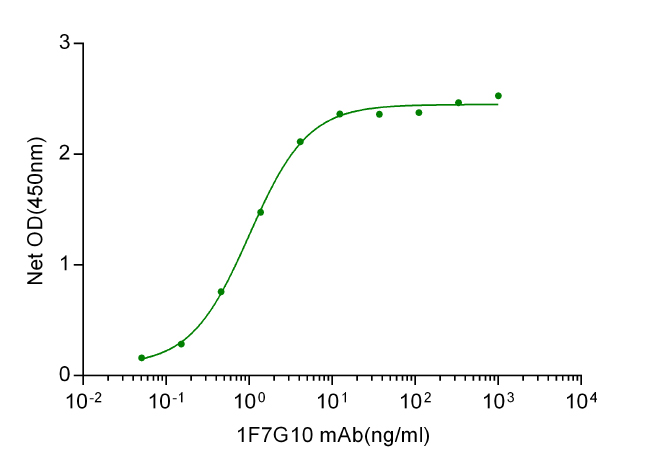
Measured by its binding ability in a functional ELISA. Immobilized recombinant human TIM-3 at 500 ng/mL, the concentration of Anti-TIM3 mouse antibody (Genscript) that produces 50% optimal binding response is found to be approximately 5 ng/mL.
| Target Background |
T cell Ig- and mucin-domain-containing molecules (TIMs) are a family of transmembrane proteins expressed by various immune cells. TIM-3 is an inhibitory molecule that is induced following T cell activation. TIM-3 is expressed by exhausted T cells in the settings of chronic infection and cancer, and tumor-infiltrating T cells that co-express PD-1 and TIM-3 exhibit the most severe exhausted phenotype. Tumor-infiltrating dendritic cells also express TIM-3. TIM-3 expression on DCs was found to suppress innate immunity by reducing the immunogenicity of nucleic acids released by dying tumor cells. Research studies show that heterodimerization of TIM-3 with CEACAM-1 is critical for the inhibitory function of TIM-3, and co-blockade of TIM-3 and CEACAM-1 enhanced antitumor responses in a mouse model of colorectal cancer. Its binding to Galectin-9 induces a range of immunosuppressive functions which enhance immune tolerance and inhibit anti-tumor immunity. TIM-3 ligation attenuates CD8+ and Th1 cell responses and promotes the activity of Treg and myeloid derived suppressor cells. In addition, dendritic cell-expressed TIM-3 dampens inflammation by enabling the phagocytosis of apoptotic cells and the cross-presentation of apoptotic cell antigens. |
| Synonyms |
Hepatitis A virus cellular receptor 2; HAVcr-2; T-cell immunoglobulin and mucin domain-containing protein 3; TIMD-3; T-cell immunoglobulin mucin receptor 3; TIM-3; T-cell membrane protein 3 |
For laboratory research use only. Direct human use, including taking orally and injection and clinical use are forbidden.






